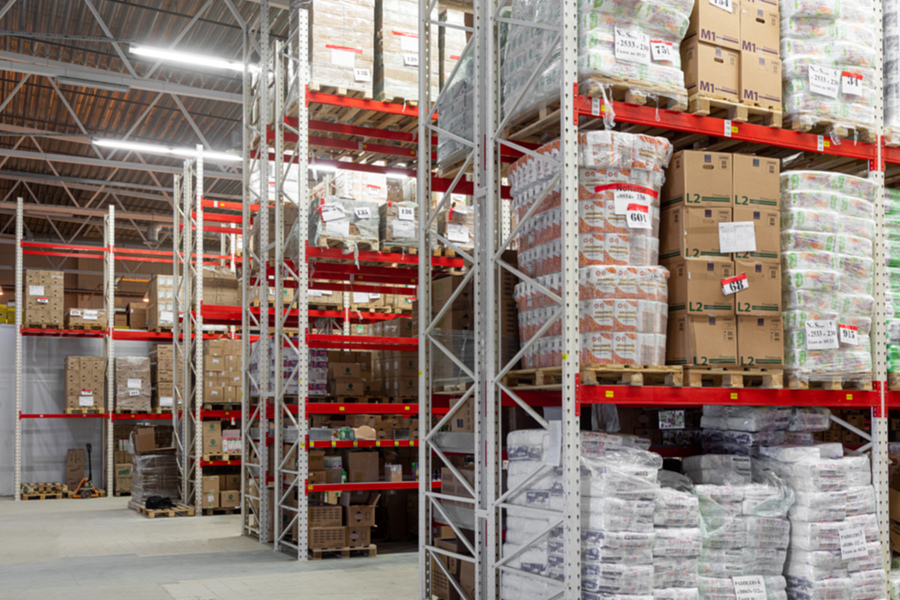The concept of “supply chains” emerged in the mid-1990s, when global political and economic factors encouraged companies to expand their markets and outsource their activities. The internet enabled the creation of global networks of specialized suppliers, who offered lower costs and higher quality. Customers benefited from more choices and better prices for finished products. However, global unrest and uncertain circumstances over the past few years have revealed the vulnerability of global supply chains, which depend on imports and foreign suppliers. As a result, many companies have shifted their attention to supply chain sovereignty.
What is Supply Chain Sovereignty?
Supply chain sovereignty means having control over your supply chain and reducing your reliance on external suppliers. It involves managing the key aspects of your supply chain, such as raw materials, production processes, and distribution channels, either internally or with trusted partners. By enhancing your supply chain sovereignty, you can gain more control over your supply chain, which lowers the risk of disruptions, increases operational efficiency, protects your intellectual property, and gives you more flexibility to adapt to changing market conditions and customer needs.
What are the Challenges of Achieving Supply Chain Sovereignty?
Supply chain sovereignty is not easy to achieve, especially for large and complex supply chains that span multiple regions and involve many suppliers. It requires significant investment in internal capabilities and infrastructure, strategic partnerships with key suppliers, and risk management processes.
Another challenge revolves around forecasting disruptions. Many organizations still rely on optimistic assumptions without preparing for contingencies. Companies need to anticipate and plan for scenarios where there is uncertainty in lead times, input costs, and other factors.
Many companies are also neglecting their second and third-tier suppliers. This can lead to unexpected costs and risks. The old supply chains assumed that manufacturers could always rely on suppliers’ quoted lead times, costs, and quality without creating contingency plans.
How Do You Improve Your Supply Chain Sovereignty?
Cost and efficiency should not be the only criteria for designing your supply chain. Control over your supply chain may be worth the extra time and money.
The following options can help you improve your supply chain sovereignty:
- Consider whether you can use closer and/or more reliable suppliers. Review your product and service portfolio and see how you can modify your bill of materials and other factors to achieve this goal.
- Think about whether you can replace or service parts faster and easier internally or with trusted local partners. This can improve your responsiveness and reliability.
- Think about opening a satellite manufacturing plant near your end customers. This can give you a local presence, faster delivery, lower logistics costs, and reduced tariffs.
- Change your sourcing policies to prioritize reliable delivery over lowest costs. Build collaborative partnerships with suppliers who can offer innovation and value-added input to your product design and production process, rather than just negotiating prices.
Optimize Through Technology
You can’t rely on a local supply chain alone, as the cost of sourcing everything locally is too high. But you can use technology to help you optimize your sourcing strategy and reduce your dependence on offshore suppliers. Through an ERP, which unites data across your entire company, you can create a system that gives you visibility into your entire supply chain, enables productive collaboration between departments, and provides in-depth reports of any business data. Through your ERP, you can track and monitor your suppliers’ products at every level of detail to avoid data gaps and assess their performance, compliance, and risk factors.
Looking for a Partner?
If you don’t have an ERP yet, don’t wait any longer! Here at ASI, we can help implement, customize, and integrate ERP solutions like Acumatica and Sage 100 in order to best fit your company’s unique needs. Contact us or schedule your free consultation to get started.

